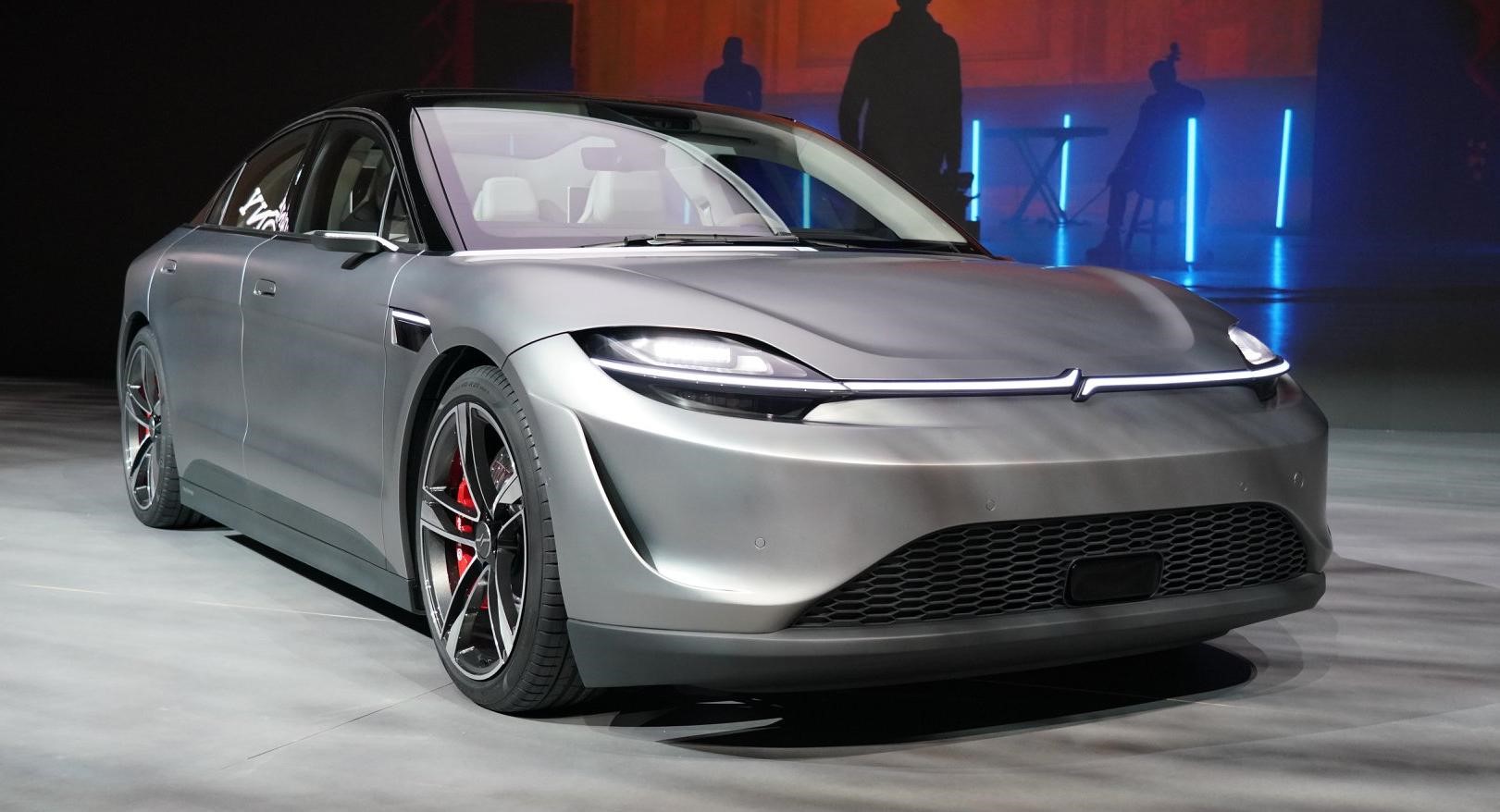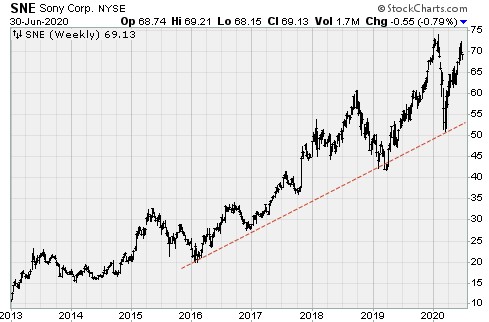Data analytics and smart sensors are ushering in innovative new businesses and revenue streams.
Sony (NYSE: SNE, Rated “B-”) is the world’s largest maker of optical sensors. On Tuesday, the Japanese company announced plans to use its giant market position to create a new subscription-based analytics business.
The development highlights the changing nature of technology. Cutting edge hardware is great, but the real innovation is happening in software. Only a few of the best microprocessor firms have been able to make the jump from silicon to scalable software platforms. Sony has a good shot, and it will be special.
Nvidia (Nasdaq: NVDA, Rated “C+”), for example, began as a chip maker for computer graphics. The Santa Clara, Calif. company leveraged its role in making video games nearly photorealistic into a bustling artificial intelligence business.
Today, its hardware and software are in demand at data centers, university research labs and some of the biggest corporations in the world. For example, Ericsson (Nasdaq: ERIC, Rated “C-”) uses Nvidia AI gear to power its 5G wireless networks. The United States Postal Service is speeding the sorting and delivery of hundreds of millions of packages using computer algorithms trained in Nvidia AI systems. And in June, Mercedes Benz managers announced that the German luxury car maker and Nvidia will develop next generation, software-defined autonomous vehicles.
Sony managers are headed down the same road. They want to use software, and their impressive line of AI enabled image processors, to build new business alliances.
The company announced in May the arrival of two of those processors. Putting the processing onboard will mean lower latency, or lag. It makes the silicon perfect for applications at the edge of networks, like video surveillance and security cameras.
Sensors equipped with built-in AI, according to a Reuters report, have been used to monitor workers at construction sites for safety violations. Others have been mounted in passenger vehicles to spot drivers who might be drowsy. And this kind of usage is only the tip of the iceberg.
Sony is positioned to help companies build computers finally capable of seeing and thinking. This is a paradigm shift.
Previous surveillance cameras placed on factory floor robots or in the celling of retail showrooms required humans behind the scenes, glued to closed circuit monitors. Adding AI to chips, where the data is being collected, means much of the processing can be automated at the source. Perfecting this is a lucrative new business, one Sony managers are happy to cultivate.
The company plans to sell customers subscription-based data analytics. Enterprise developers will use the digital information to build algorithms to create efficiencies in existing systems and potentially make new products.
This is an audacious plan that Sony can pull off because they’ve already proven they can innovate like few others can.

Innovation was the driving force behind the Vision-S, a nifty electric sedan built by Sony for the 2019 Consumer Electronics Show. The fully functioning electric vehicle was intended to show automakers how smart sensors might blend the transition from living room, to office, to road trips.
Some 33 sensors monitor all directions outside and inside the vehicle. Managers call this a safety cocoon. In an emergency, integrated technology systems react faster and more thoroughly than humans.
Outside, front pillar mounted cameras replace the rear and sideview mirrors. A lens on the side pillar uses facial recognition to unlock the doors as the owner approaches. Another inside on the dash greets the driver upon entry.
Hideki Somemiya, head of sensor applications, told Reuters that the size of the new applications market would be much larger, with better growth potential than the current optical sensor market.
That’s a big deal.
Sony has been unable to meet primary demand for image sensors from the smartphone sector. Multiple cameras coupled with the larger sensors found on most new smart devices led managers to push an 18% increase in production capacity. Meanwhile, pricing has remained robust.
Sony shares traded to a new high in June before retreating modestly. The stock now trades at only 15.5 times forward earnings and 1.2 times sales. Both these metrics are within the historical range, yet they underestimate the potential impact of the new software business.
Shares could easily trade around $90 over the next 12 months, a potential gain of 30% from current levels.
Investors should monitor the company, especially when they implement their new software business because it’s looking like it could be a breakthrough in the industry.
Best wishes,
Jon D. Markman




